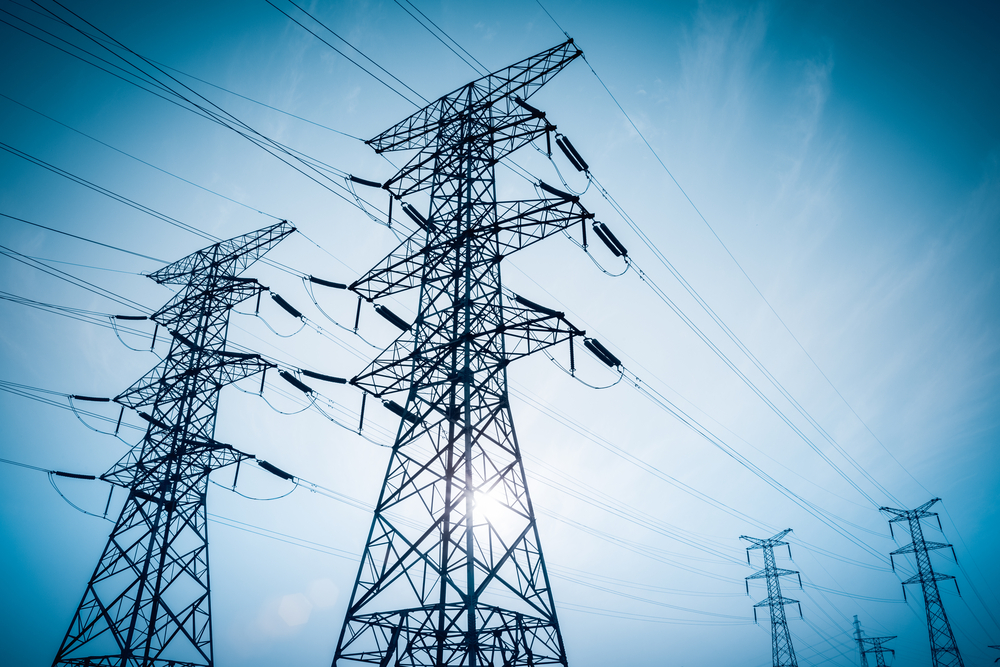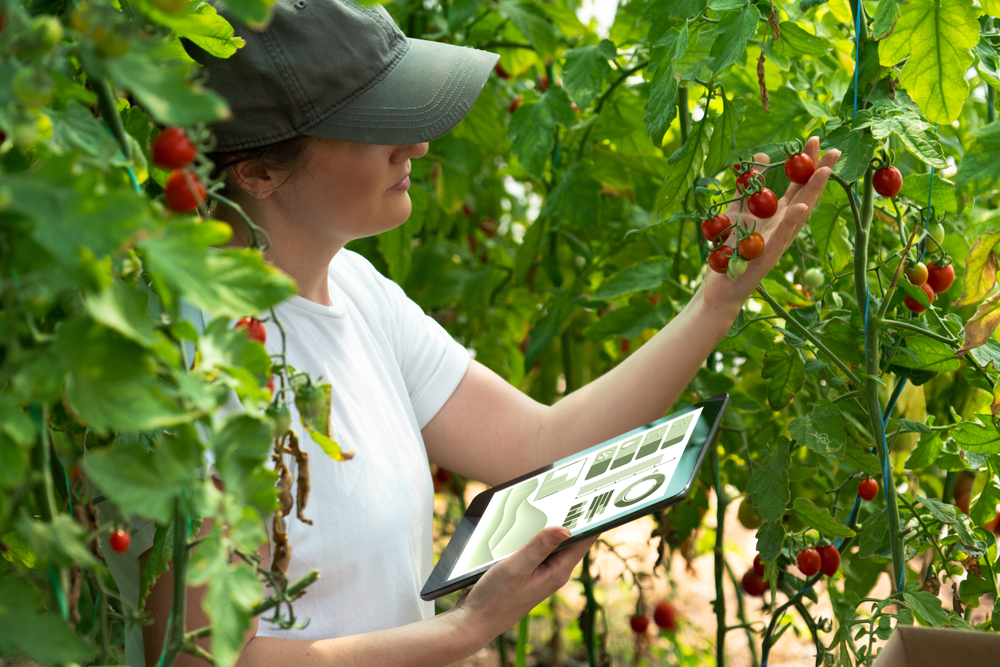Internet of Things technology has taken centre stage in building a more sustainable future. From grid monitoring to smart cities, industry is unleashing the power of IoT sustainability to improve performance and reduce environmental footprints. While IoT environment solutions are not silver bullets, they play a role in helping industrial businesses minimise their short-term and long-term carbon impact.
Let’s explore five ways that industry is using technology to reduce carbon emissions.
Smart Energy Grids
Smart electric grids use technology to monitor and manage the storage and transportation of electricity from the source to the user. An essential part of tackling the growing demand for energy and renewable power, smart energy IoT solutions aim to minimise cost and environmental impact, while maximising the reliability and stability of the network.
IoT is fundamental in making sure smart grids operate efficiently and effectively through constant monitoring. IoT energy monitoring can help planners and operators maximise production and resource efficiency, while feeding usage patterns and details to individual households via smart home devices. Real-time data collection and trends can also assist planners in identifying potential opportunities for grid expansion, creating more efficient energy use for city residents.

Smart Metering
Smart metering is a crucial IoT energy solution, allowing utility companies the power to predict electricity demand and consumption. Using sensors, these operators can tap directly into the ebbs and flows of energy consumption at a city-wide and industry level.
Take a recent industry example. Robustel GPRS devices optimise the energy consumption monitoring of a facility. Deployed into field equipment, data collectors connect to energy meters and feed gathered data back to the server, allowing grid operators to collect consumer related information easily. This flow of data is beneficial for both the operator and the consumer; the operator can dynamically adjust output in response to demand levels, while the consumer stays on top of their usage.
Green Transportation
Population growth has elevated the demand for commercial and public transportation, resulting in more trains, buses, vans and trucks on the road. IoT sustainability will play an important role in helping the transport sector reduce its carbon footprint, while helping remediate major issues like faulty equipment and poor route planning. Smart devices, including sensors and data collection systems, reduce downtime or costly repairs and maintenance, leading to an increase in overall efficiency.
IoT technology isn’t just for the vehicles - it can also be used to monitor conditions on the wider network. Operators can get real-time updates about road conditions and routes can be adjusted to avoid delays, making travel more time efficient, fuel efficient, and reducing carbon emissions.
Sustainable Agriculture
Agriculture production has never been more important. Sustainable agriculture practices are being introduced to meet demand, taking care to tackle a traditionally large greenhouse gas contribution. IoT devices and technologies – including drones, smart sensors and temperature monitoring systems – can help the farming industry boost crop production, soil quality and livestock health while making strides to reduce their overall carbon footprint.
IoT reduces carbon emissions of the agricultural sector in various ways, including:
- Using sensors to monitor conditions such as soil quality, weather and humidity to maximise crop yield.
- Enhancing transportation and supply chains.
- Deploy robotics to carry out repetitive tasks, improving efficiency.
- Using data to better manage land usage and natural resources like consumption.
IoT is making agriculture smarter, giving more data to farmers who can make fundamental changes to how their farms work.

Smart Building Management
While IoT and the environment lead sustainability efforts, smart building management systems are doing their part in slashing carbon emissions. Office buildings and factories are constantly on, maintaining power and internal temperatures at all hours of the day. Reducing their carbon footprint doesn’t simply mean turning off the lights - decreased carbon output means making resources like electricity and water more efficient.
Smart buildings can make automated decisions to optimise performance; small but influential elements like temperature monitoring, switching off unused devices, and proactive maintenance can all improve operations while minimising environmental harm.
Internet of Things technologies have revolutionised the way industry operates. From farming to smart cities, there's no shortage of technology to help make operations more efficient, while also reducing carbon emissions.
At the centre of these solutions are devices that facilitate stable and reliable connectivity. Whether you need a gateway to keep your smart grid connected, or a router to facilitate data transmission, Robustel has a solution to suit your needs. Contact us for more information on how we can help get your business connected.
